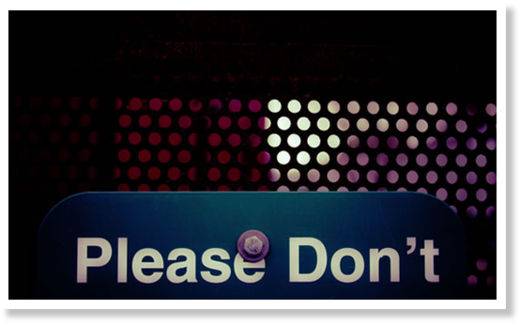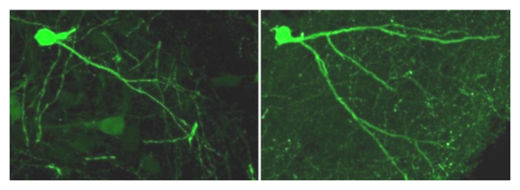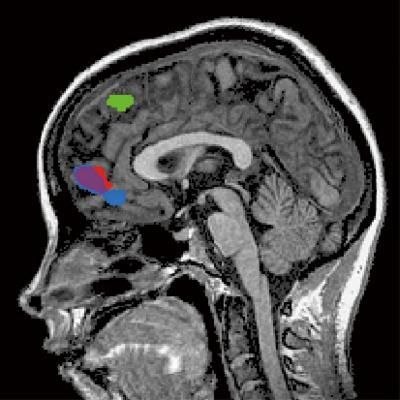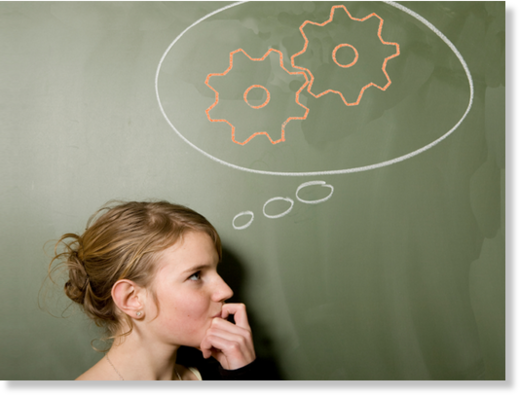
Researchers have discovered that a region of the brain known to be important for understanding others' minds only gets active when people have to make decisions about social situations, but not when they have to make similar decisions without other human involvement.
"Basically, it's triggering the brain to play by different rules," said study researcher Scott Huettel, a neuroscientist at Duke University.
Making decisions
A long line of economics and psychology studies have found that humans tend to make different decisions when they're interacting with people than when they're interacting with a computer, Huettel told LiveScience. People are usually very good at weighing social information in decision-making: They focus on key players when making group decisions, they can tell the different between someone employing a strategy and someone acting randomly, and when they need to compare themselves to others, they tend to draw conclusions based on similar people.
Huettel and his colleagues wanted to understand how the brain differs when it has to make decisions in a social context versus a non-social one. To find out, they arranged for 18 volunteers to play a series of simplified poker games with both computers and a human opponent.
In both cases, the decision to make was the same. Participants were given either a high or low card and had to decide whether to bet against their opponent. If their card beat out their opponent's, or if they bluffed with a low card so that their opponent folded, the participant won money. Otherwise, the opponent got paid.
Before the experiments, the participants met their opponent and shook hands, making the situation as obviously social as possible, Huettel said. They were also told which games would be against a person and which were against a computer. The games then took place as participants rested inside a functional magnetic resonance imaging machine (fMRI). The fMRI measured blood flow to various brain regions in real time. An increase in blood flow to a specific region is a sign that region is becoming more active.









